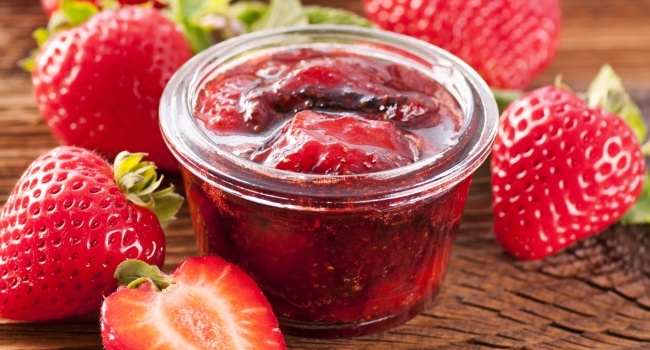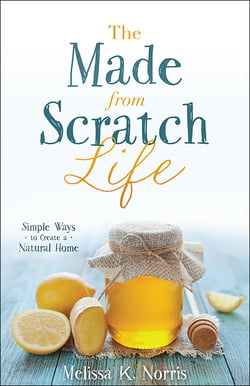
When my husband and I first got married, our favorite box at Christmas was the box from his grandmother. It was filled with her home-canned jars of pickles, popcorn balls, cookies, and strawberry jam.
As I progressed in my canning, I made my own batch of strawberry jam. I knew this was the most coveted by my husband, and the few jars we got from his grandmother didn’t last us all year. Knowing we could easily eat two full batches of a jam in a year, I decided to save time and make one large batch with all the berries.
I followed the instructions step by step. Eager, I stirred the pot, waiting for the glorious moment when it began to set and jell.
It didn’t. I let it simmer longer. And longer.
Maybe it jells after you can it and it cools down, I thought. I ladled my sweet-smelling mixture into my jars, wiped the rims clean, and screwed the rings down over the lids. Onto the rack and submerged into the water bath they went. The processing time ticked by on the clock.
I pulled the gorgeous ruby-filled jars out and set them on a towel to cool. Unable to wait the full 24 hours you’re supposed to before touching them (you can disturb the sealing process), I opened one of the jars.
Taste test. Perfect. Lick-your-spoon-in-danger-of-eating-the-entire-jar good.
Except one little thing. It was runny.
I’d successfully canned over eight pints of strawberry syrup.
With my jam-making skills in serious humble mode, I asked his grandmother if I could come down for a lesson. She eagerly agreed.
Lesson number one in jam-making: You can make only one batch at a time when using regular store-bought pectin. Even though it’s the same ratio of ingredients, you cannot double a batch. It won’t set.
If you want to try your hand at canning strawberry jam, here’s the recipe from The Made-from-Scratch Life (available next month!)…
*Nature provides pectin for us in citrus and apples (especially green apples). Lemon is an excellent natural pectin source, it keeps your cost down, has no chemicals added to it, and pairs so wonderfully with fruits, making an exceptional tasting jam and jelly.
Find a whole collection of ideas for simple living in The Made-from-Scratch Life.



